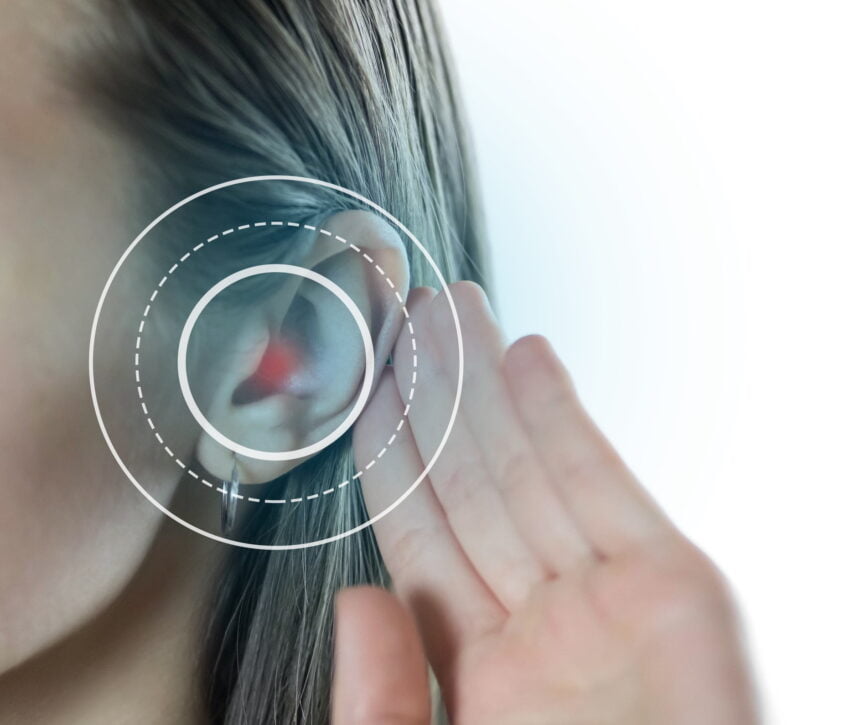What’s the Difference?
In many circles, hearing loss is mistakenly viewed as something tied exclusively to old age. But the reality, however, could not be further from the truth. Hearing loss is an incredibly diverse condition, manifesting differently in different people and paying little heed to boundaries.
According to the World Health Organization, one in five people worldwide has some degree of hearing loss. That’s 5.5% of the entire population of the world. And just as hearing loss recognizes neither country nor creed, neither does it discriminate based on age.
Then, it should come as no surprise that many hearing aid manufacturers have augmented their existing product portfolios with kid-focused offerings. Nor should it come as any shock that there are several differences between pediatric hearing aids and traditional hearing aids. We’ll explore those differences below.
What Pediatric and Adult Hearing Aids Share in Common
Although they couldn’t look more different from one another on the outside, it’s another story inside. Adult hearing aids and children’s hearing aids all share the same basic hardware components and operate in much the same fashion.
Style & Design
Pediatric hearing aids have to be somewhat more compact than their adult counterparts, mainly because children’s ears are both smaller and differently shaped. Some pediatric hearing aids are even designed to grow alongside the child.
More noticeable than size is the fact that children’s hearing aids tend to be louder, more exciting, and more overstated. It’s a marked difference from adult hearing aids, many of which are designed, from a stylistic perspective, to be as understated as possible.
Resilience, Safety, and Durability
As anyone who’s taken their eyes off a toddler for more than five seconds will tell you, children are remarkably crafty and resourceful when it comes to getting into things they shouldn’t. In this case, if you aren’t using a hearing aid with a tamper-proof battery compartment, what your child gets ‘into’ could be a tiny, toxic lithium-ion battery that doubles as a choking hazard.
An utter recipe for disaster, in other words.
Aside from tamper-proofing, a pediatric hearing aid must also be made of far more durable materials than a traditional device. Children, particularly younger ones, tend not to be as careful with their electronics as they should be. Most of that time that might mean a cracked phone screen, or a drink spilled on a keyboard.
Given that hearing aids, particularly specialty ones, tend to be a little more expensive than those electronics, it follows that manufacturers would want to make kid’s devices a little tougher than the norm. Pediatric hearing aids are also typically made with hypoallergenic materials to avoid causing irritation.
Companion Apps
A typical hearing aid usually has a single smartphone app through which one can configure its features and functions. Additionally, some manufacturers will occasionally release secondary apps with additional features such as guided meditation. With pediatric hearing aids, this isn’t generally the case.
Rather than aiming for complexity and an extensive feature set, the software accompanying a child’s hearing aid is typically relatively easy to use. In some cases, the app may also double as an administrative dashboard for parents, allowing them to manage and monitor their child’s hearing health.
Function and Form
One of the reasons it’s frequently so difficult to diagnose hearing loss in children is that they aren’t necessarily going to communicate that they’re unable to hear the world around them. Whereas an adult or teenager will generally speak up right away, the child either might not know how to or might not understand that they can.
Because of this, most pediatric hearing aids have an oversized LED displayed somewhere on the outside of the device. That way, educators and caregivers can tell at a glance if the unit is working properly. Then, if it isn’t, they can immediately start troubleshooting.
Addressing the Unique Hearing Needs of Children
There’s one final way pediatric hearing aids differentiate themselves from adult hearing aids — in their importance.
An adult with hearing impairment can feasibly survive without any sort of hearing assistance device. It won’t be pleasant, and their quality of life will suffer. But they’ll likely make it through just fine.
A child below the age of five — a time filled with developmental milestones — needs to be able to communicate effectively, lest they end up developmentally delayed. While we do still recommend learning (and teaching) sign language to your children, we also realize the good a pediatric implant can do if it’s given to the right kid.









